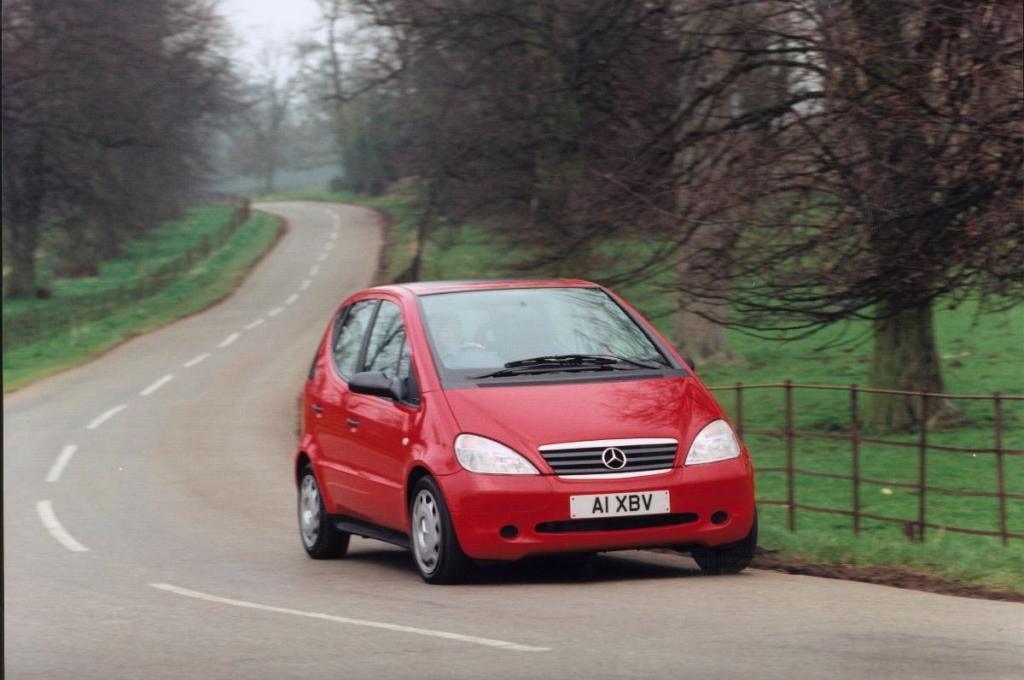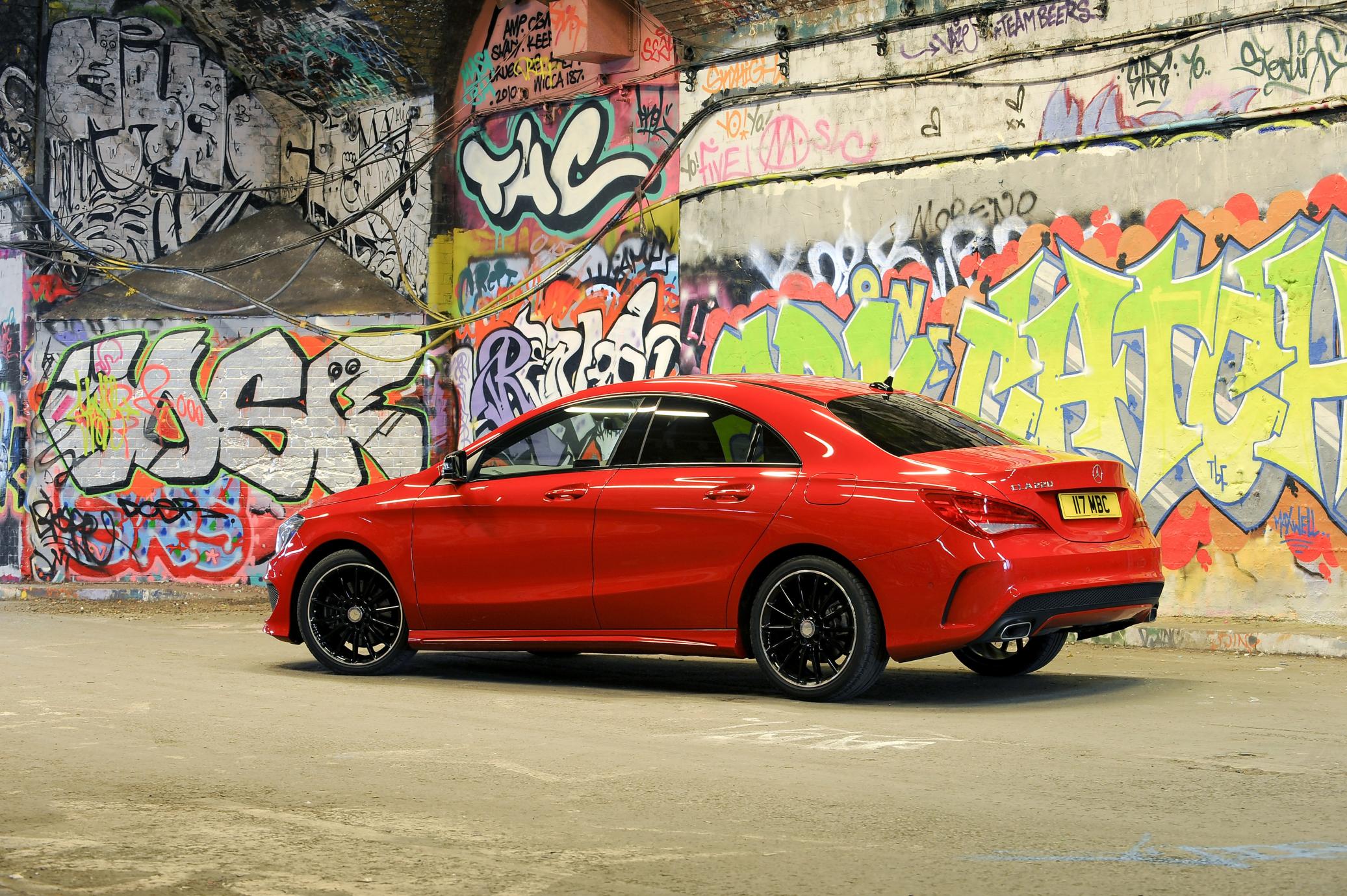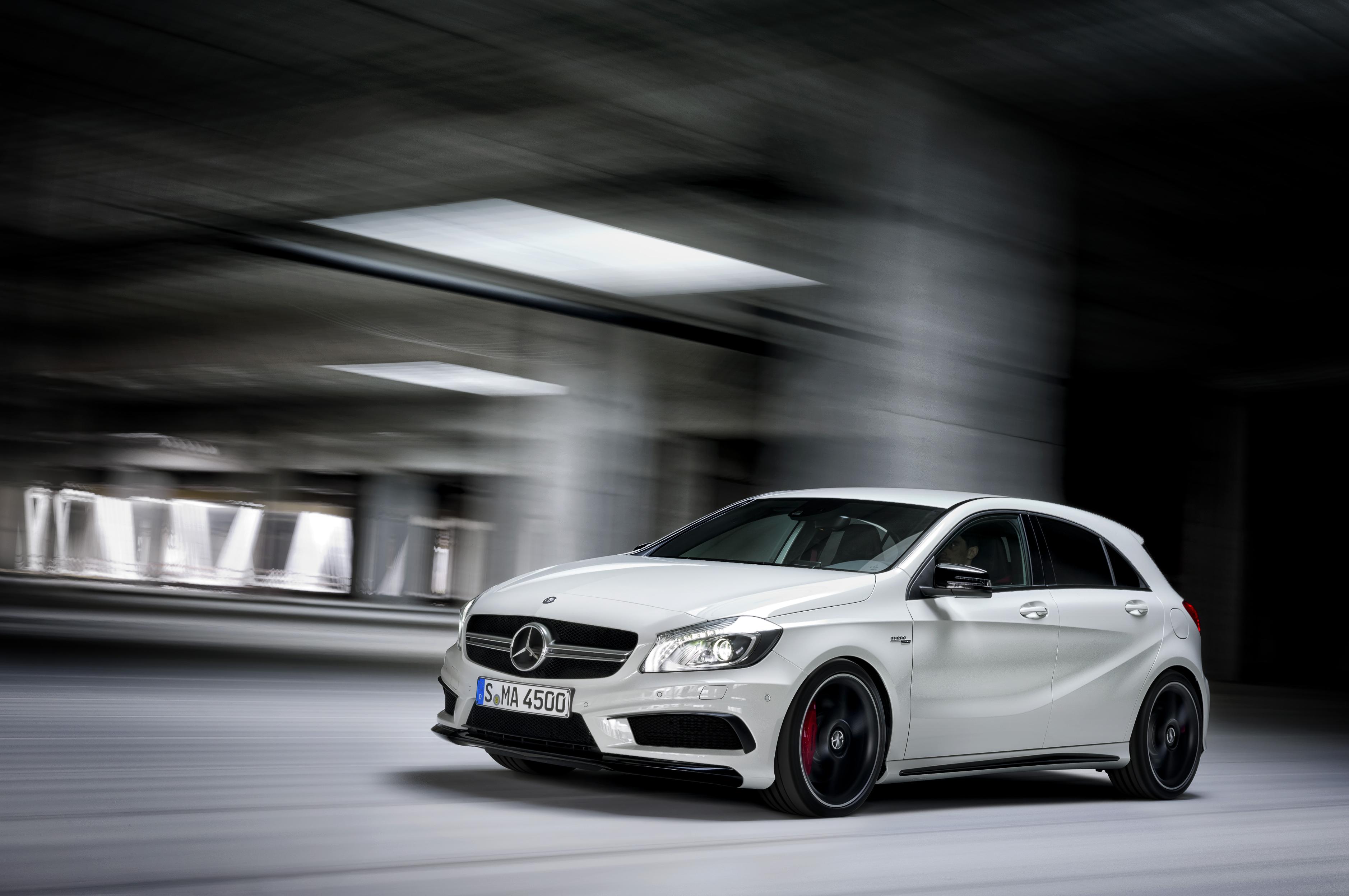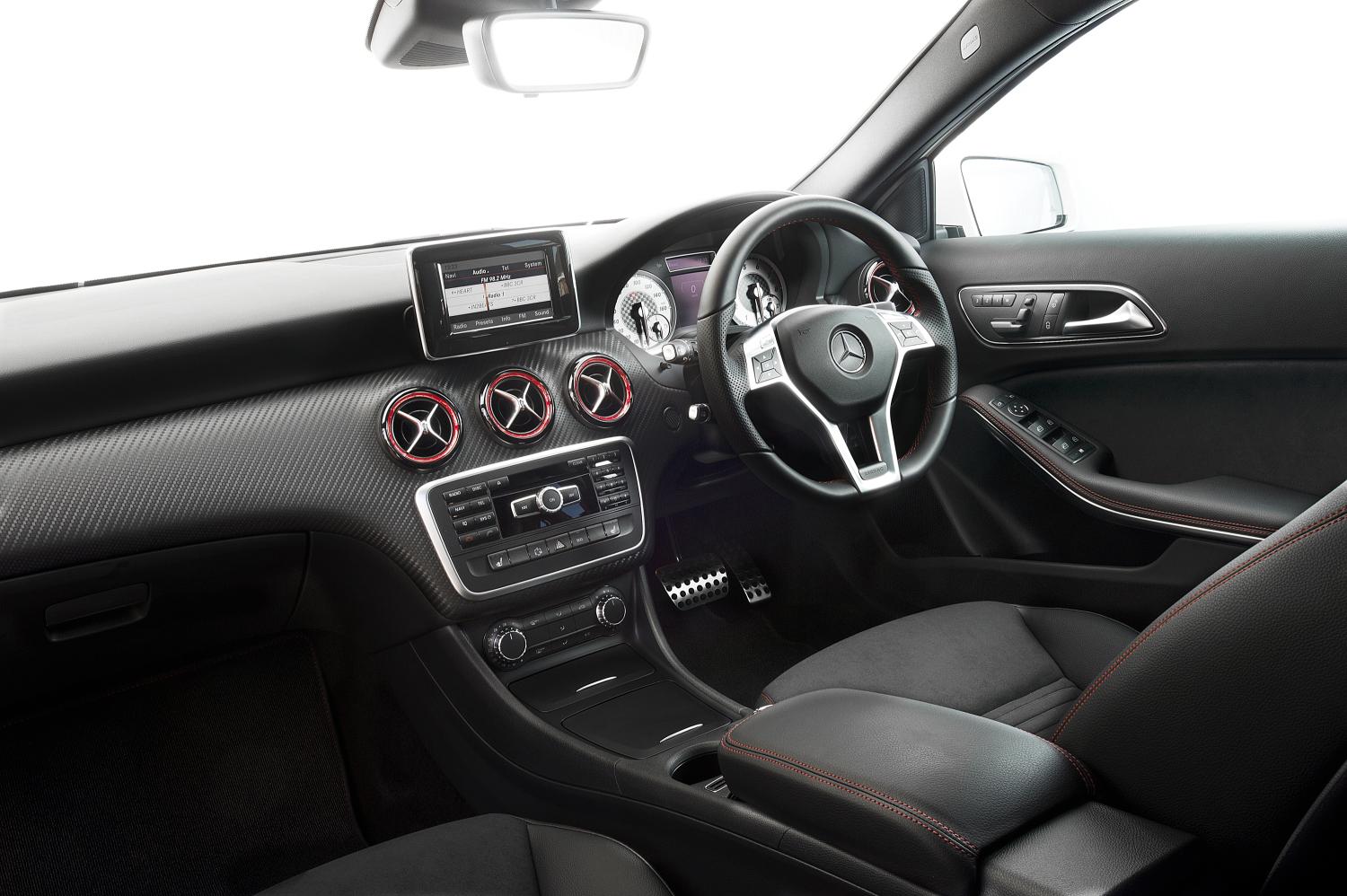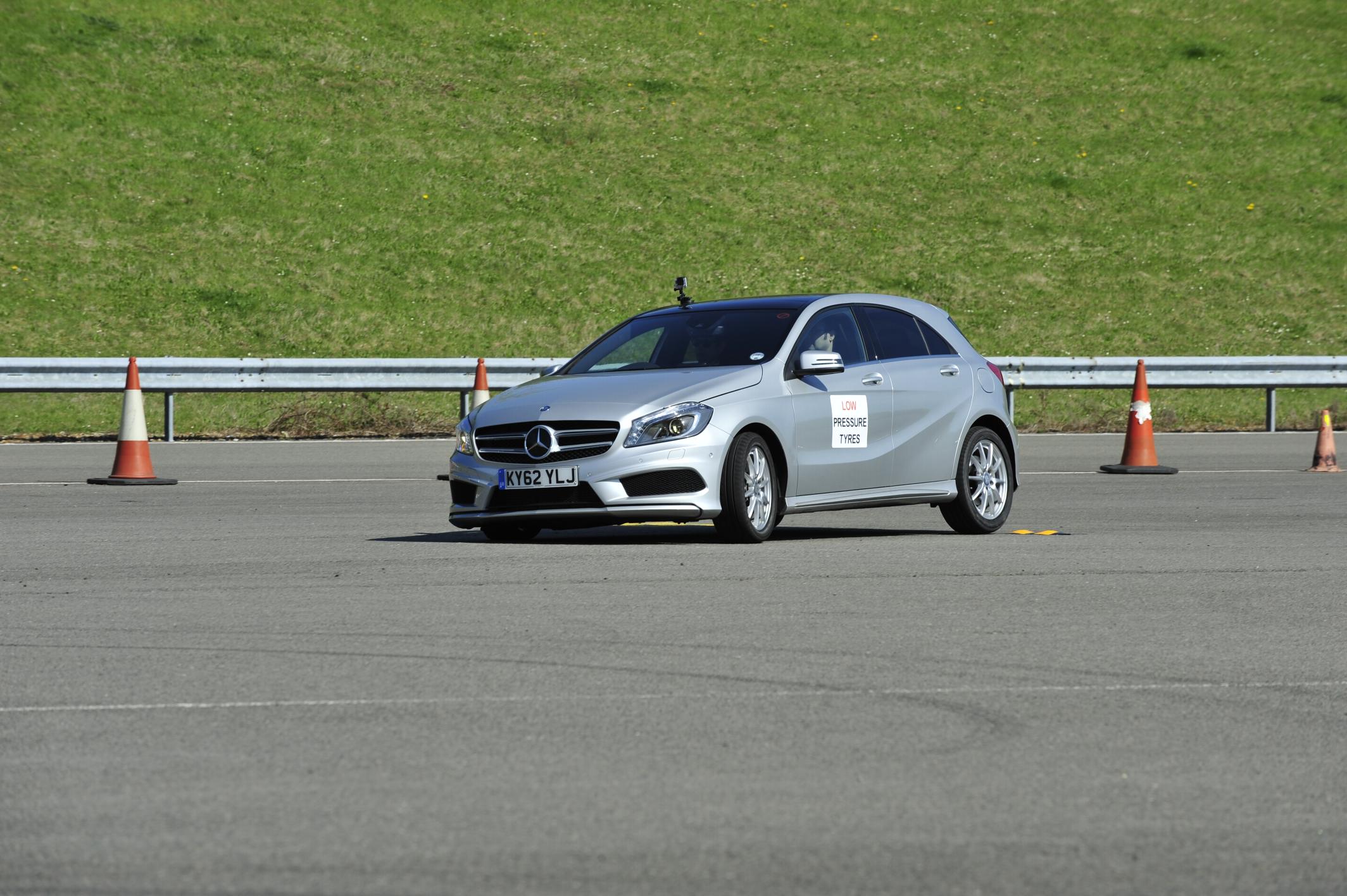In its current form, the Mercedes-Benz A-Class is a desirable competitor to the established Audi A3 and BMW 1 Series. With attractive styling cues, generous equipment levels and superb levels of safety, the new A-Class has certainly won over many buyers worldwide. Naturally, the current A-Class, the W176, is a daring departure from the original version which arrived in 1997, the W168.
Upon arrival, the A-Class of the time was aimed towards city car buyers who desired the three-pointed star brand on something which could maneuver well through tight European side streets. Indeed, the idea was particularly interesting and the resulting design language did prove striking for the time, however there were many apparent weaknesses. Only in 2012, with the launch of the current model, did dramatic improvements take place. Here we explore five ways in which the new model trumps the original.
5 – Build Quality.
Mercedes-Benz was once a brand synonymous with legendary build quality and longevity. Once the 90’s arrived, cost-cutting measures were brought in to maximize profits, ending apparent over-engineering of products. Austerity measures were laughably obvious in the W168 A-Class. Interior trim and panels would often erode and disappear after a short period of usage due to flimsy materials. Said flimsy materials were also unsightly and odious to the touch. Not to mention many reports of electrical problems throughout their lifetimes. Fortunately, the interior quality of the new model is far superior, with aesthetically pleasing designs and soft-touch plastics. Finally, the new A-Class feels like a quality product worthy of the Stuttgart star. Furthermore, both the current model and the second generation haven proven far more reliable than the original.
4 – Interior Design.
We’ve mentioned interior quality already, however the story is fairly similar with the actual proportion of the design. The original model suffered from a minuscule amount of interior room for occupants. Rear seat passengers would either have required lower limb amputation or be medically defined as dwarves to seat comfortably. Mercedes did rectify these problems in 2001 with a long wheel-base variant, although why this version was never commissioned initially is anyone’s guess. Fast-forward to today, and the space in the back row has improved dramatically. The A-pillars were also highly obscuring in the original model due to the sloping design, leading taller drivers to suffer from reduced visibility. Currently, this error has been rectified, however the C-pillar and sloping rear-side windows have since become equally problematic. Worry not as the optional blindspot assist, which is essential in real world driving, can now detect whether traffic is passing by.
3 – Choice.
The first A-Class was only available in one body form prior to the release of the stretch model in 2001. The following model, the W169, introduced a three-door variant to the shuffle. Only with the current model is there the option of a sedan version, the CLA, and arguably the B-Class, an MPV sharing an identical chassis. Furthermore, performance motorists might be tempted away from the BMW M135i and Audi S3 and towards the new AMG version. Chili hot A45 AMG models can propel itself to 62mph from a standstill in 4.5 seconds. Car sales should prove more competitive with the current model, although largely inflated prices will drive many to competitors.
2 – Safety.
1997’s W168 was hardly a death trap, despite the tragic results of the elk test. Once this problem was resolved, the A-Class was branded as fairly advanced for the times. Electronic stability control was included as a standard feature following recalls, along with modified suspension. Frontal impacts were marginally more survivable for occupants owing to Mercedes’ recently patented ‘Sandwich’ design, which forced the engine beneath the floor rather than into the driver’s legs. Back to the future again though, and the level of technology on offer certainly proves even more highly advanced. Five Euro NCAP stars were awarded because of the inclusion of seven airbags, driver fatigue warning and radar controlled collision prevention system. Cost options also include: blindspot assist, adaptive headlights, lane-keeping assist, and speed limit assist with sign recognition.
1 – Exterior.
In its current generation, the A-Class is low and curvaceous. Add AMG trim levels and the small Mercedes’ muscles bulge and imply brute strength. A sure hit with young affluent customers. Both current versions were typically shunned by younger drivers, due to the urban family image. Whilst the first generation appeared different to competitors at the time, the tall and narrow body never implied any sporting capability. Crucially, the new model has sex appeal, and certainly appears to be a far better buy than the original.
